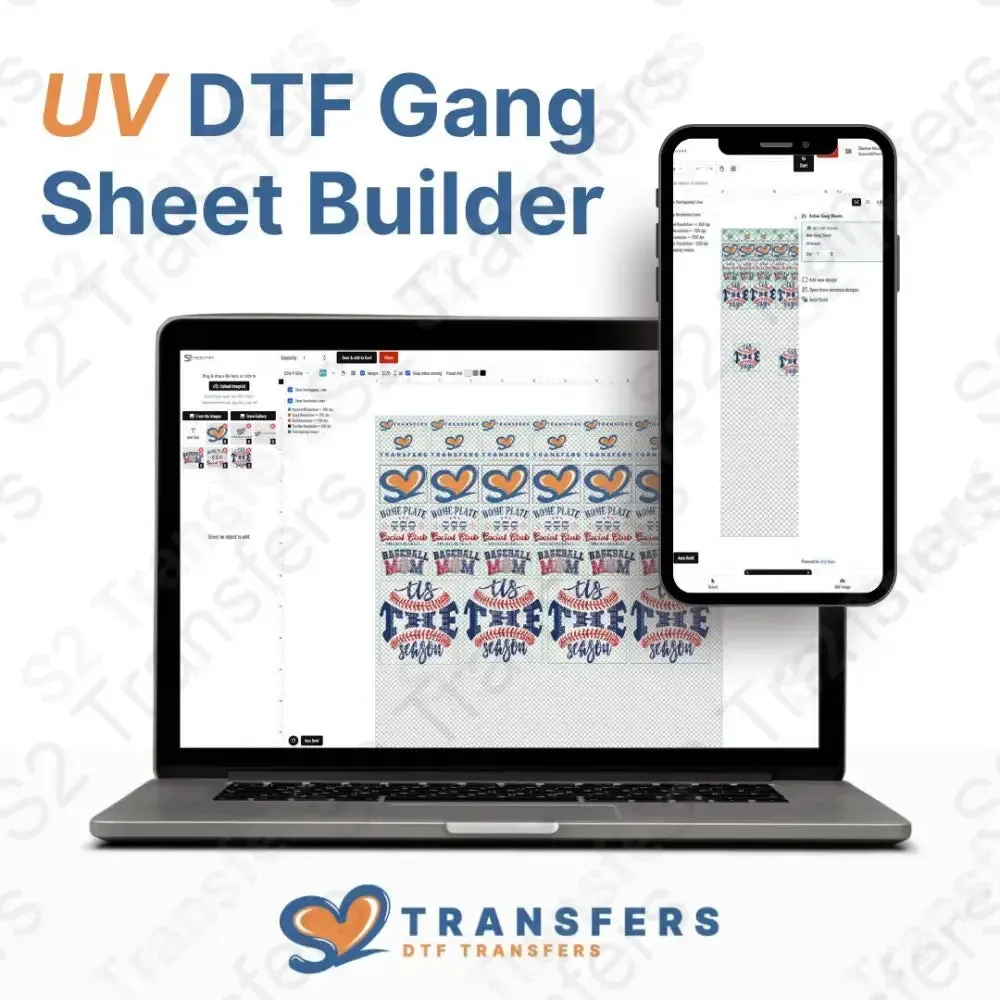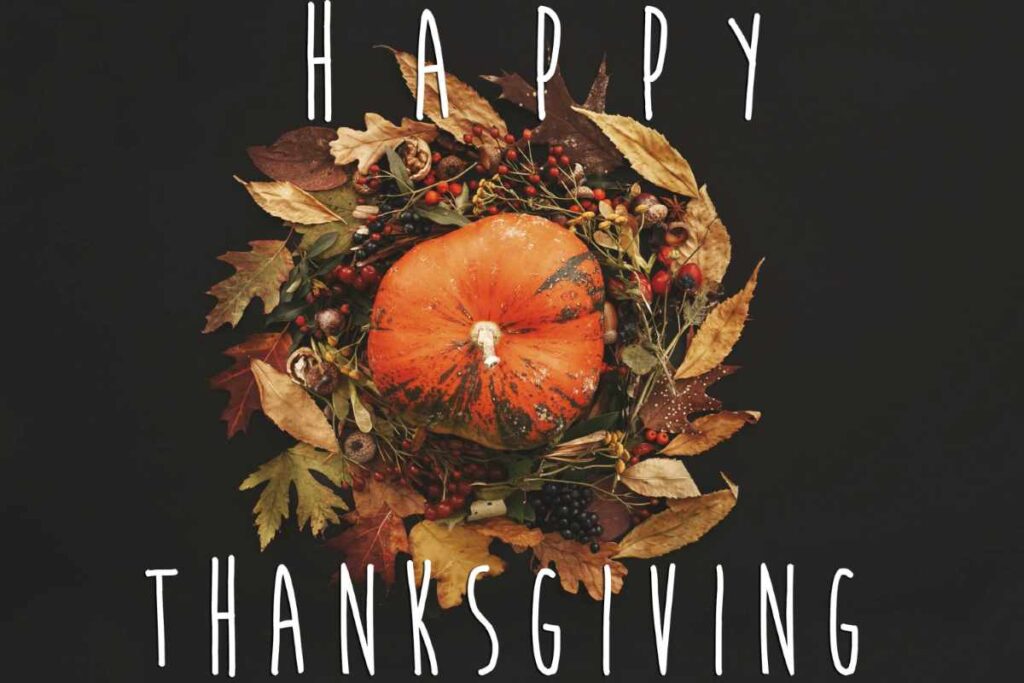DTF gangsheet builder reshapes how shops approach transfer printing by consolidating multiple designs into a single, efficient sheet. In the fast-paced world of direct-to-film production, efficiency and color accuracy are the competitive edge you need. This tool helps maximize ink usage, minimize waste, and shorten setup times by standardizing layouts across orders. Core features like auto-placement, bleed and gutter controls, and template libraries align directly with DTF printing workflow and facilitate DTF sheet optimization. Prioritizing DTF template preparation and DTF file preparation ensures your teams can generate reliable gang sheets ready for RIP processing.
Viewed from a broader angle, this kind of gangsheet tool acts as a print-run planning assistant that groups multiple transfers on a single sheet. Think of it as a layout optimizer that coordinates artwork, color profiles, and bleed guidelines to preserve quality across products. Adopting gangsheet design tips helps teams balance density with margin safety, ensuring reliable heat-press results. When you connect these ideas to DTF printing workflow and color management, the method becomes a scalable solution for faster production. In short, the concept mirrors modern sheet optimization strategies that reduce waste while improving consistency.
DTF Gangsheet Builder: Accelerating Your DTF Printing Workflow
In the fast-moving world of direct-to-film (DTF) printing, the DTF gangsheet builder acts as a central engine that speeds up planning, layout, and output. By consolidating multiple transfers onto a single gang sheet, shops can standardize how designs are arranged, which reduces the back-and-forth between departments and shortens the overall DTF printing workflow. This consolidation also minimizes setup time for each run, helping teams hit tighter deadlines without sacrificing quality.
With the gangsheet builder, you gain control over bleed, gutters, and spacing, ensuring that every design aligns correctly when heat pressed. The tool’s compatibility with common RIP software and DTF file preparation steps means fewer surprises at press check and more predictable results. In short, leveraging a DTF gangsheet builder translates into faster prepress, fewer reworks, and a more scalable production process.
Gangsheet Design Tips for Maximizing Density and Quality
Effective gangsheet design goes beyond simply cramming designs onto a sheet. It involves strategic placement, color grouping, and orientation planning to maximize sheet density while preserving print quality. Practical gangsheet design tips suggest clustering similar colors to minimize ink changes and drying time, which reduces throughput bottlenecks and helps maintain color consistency across the run.
Another important principle is planning for substrate variation and edge safety. By keeping consistent margins and considering how designs will render on light vs. dark fabrics, you can prevent edge clipping and color shifts. Templates within the DTF gangsheet builder further reinforce consistent placements, enabling quick drops of new orders with minimal adjustment.
DTF Template Preparation and File Prep: Building a Solid Foundation
A robust DTF workflow starts with solid template preparation and meticulous file prep. Preparing vector artwork wherever possible ensures clean scaling and reduces rasterization artifacts during transfer, while pre-emptive color space decisions align with your printer’s RIP profile to avoid surprises during production. This foundation supports smoother DTF file preparation and consistent output across runs.
Key practices include including proper bleed and safe zones, naming files consistently, and flattening layers in a way that preserves image integrity. Producing a single print-ready file per gang sheet streamlines the RIP process, minimizes translation errors, and makes it easier to map designs to specific positions on the sheet during layout. These steps collectively reduce last-minute changes and improve overall reliability.
Color Management and DTF Sheet Optimization for Consistent Outputs
Consistent color across multiple designs is a cornerstone of a reliable DTF printing workflow. Implementing unified color profiles and deliberate color management ensures that all designs print with predictable saturation and hue, even as sheet density varies. By focusing on DTF sheet optimization, operators can minimize color shifts caused by substrate differences or ink interactions, leading to uniform results from run to run.
From a practical standpoint, color calibration routines and careful ink-load management help prevent banding, metamerism, and other color defects. The gangsheet builder’s ability to apply standardized color settings across the entire sheet supports repeatable quality, reduces the need for reprints, and strengthens confidence in color accuracy during press checks.
From Prep to Press: A Practical End-to-End DTF Gangsheet Workflow
This section maps a practical sequence that connects planning, layout, and print execution into a cohesive end-to-end DTF gangsheet workflow. Start by gathering all assets, then choose a gang sheet template to enforce consistent placement. As you apply color management and layout optimization, the builder generates a single, print-ready file designed to minimize RIP translations and ensure smooth processing.
With auto-arrangement and intelligent tiling, the gangsheet builder can maximize sheet density while preserving critical margins and bleed. A final validation step—checking dimensions, bleeds, and safe areas—helps catch issues before production. This streamlined workflow not only speeds production but also reduces the cognitive load on operators, contributing to steadier output across daily runs.
Measuring Impact: ROI and Efficiency Gains from DTF Sheet Optimization
The primary justification for adopting a DTF gangsheet workflow is measurable improvement in efficiency and consistency. Shops report faster prepress cycles, reduced material waste, and shorter lead times as bit-by-bit standardization reduces variability in the print process. By aligning templates, color profiles, and file preparation steps, teams can produce reliable results at scale.
Beyond time savings, the economic impact of DTF sheet optimization becomes evident through lower misprints, less downtime, and improved throughput. Documenting gains with SOPs and version control helps you maintain and compound improvements over time, turning the gangsheet approach into a strategic asset for ongoing growth and competitive advantage in the DTF printing market.
Frequently Asked Questions
What is a DTF gangsheet builder and how does it fit into the DTF printing workflow?
A DTF gangsheet builder is a software-enabled tool that compiles multiple transfers into a single printable gang sheet, maximizing sheet density while standardizing color management. In the DTF printing workflow, it streamlines planning, provides layout templates, bleed and gutter controls, and easy export to RIP software, reducing setup time and the risk of misalignment.
How does the DTF gangsheet builder improve gangsheet design tips for production efficiency?
A DTF gangsheet builder enhances gangsheet design tips by enabling auto-arrangement and intelligent tiling, so designers can apply best practices like grouping by color and maintaining margins within a single workflow. It also leverages template libraries and consistent placements to improve density, accuracy, and speed across orders.
What are best practices for DTF template preparation when using a DTF gangsheet builder?
Best practices for DTF template preparation include using vector artwork when possible, maintaining consistent naming, and including proper bleed and safe zones. When using a DTF gangsheet builder, these steps feed clean template data that the software can place reliably on the gang sheet.
How does DTF file preparation change with a DTF gangsheet builder?
DTF file preparation becomes more streamlined with a gangsheet builder: create one print-ready file per gang sheet that contains all designs, ensure unified color profiles, and simplify RIP processing. This reduces file handling steps and helps ensure color accuracy.
How can DTF sheet optimization be enhanced by using a DTF gangsheet builder?
DTF sheet optimization is boosted by features in the gangsheet builder like auto-arrangement, bleed/gutter controls, and centralized color management, which maximize sheet density and minimize waste. Consistent templates and accurate placements further improve ink usage and transfer quality across the sheet.
What common pitfalls should I avoid in the DTF printing workflow when using a DTF gangsheet builder?
Common pitfalls include misalignment after heat pressing, color mismatches across designs, bleed edge clipping, oversized files that slow RIP, and inconsistent ink coverage. Mitigate these with robust alignment marks, standardized color profiles, thorough prepress checks, and regular template validation.
| Key Point | Description | Why It Matters |
|---|---|---|
| Efficiency in fast-paced DTF printing | In a fast-paced DTF environment, speed matters; the ability to turn around print runs quickly while preserving color accuracy and consistency provides a competitive edge. | Delivers a time and quality advantage over slower, less consistent processes. |
| DTF Gangsheet Builder purpose | Software-enabled approach that compiles multiple transfers into one printable gang sheet to streamline production. | Simplifies production workflow and standardizes layouts across jobs. |
| Key benefits | Maximizes ink usage, minimizes material waste, and reduces setup time per run. | Reduces costs and increases throughput. |
| Addressing common pain points | Tackles manual layouts, misaligned artwork, and last-minute tweaks before press checks. | Improves reliability and reduces rework. |
| Guide focus | Explains how the DTF gangsheet builder can become the backbone of printing from planning to final output. | Clarifies strategic value for workflow optimization. |
Summary
Conclusion



